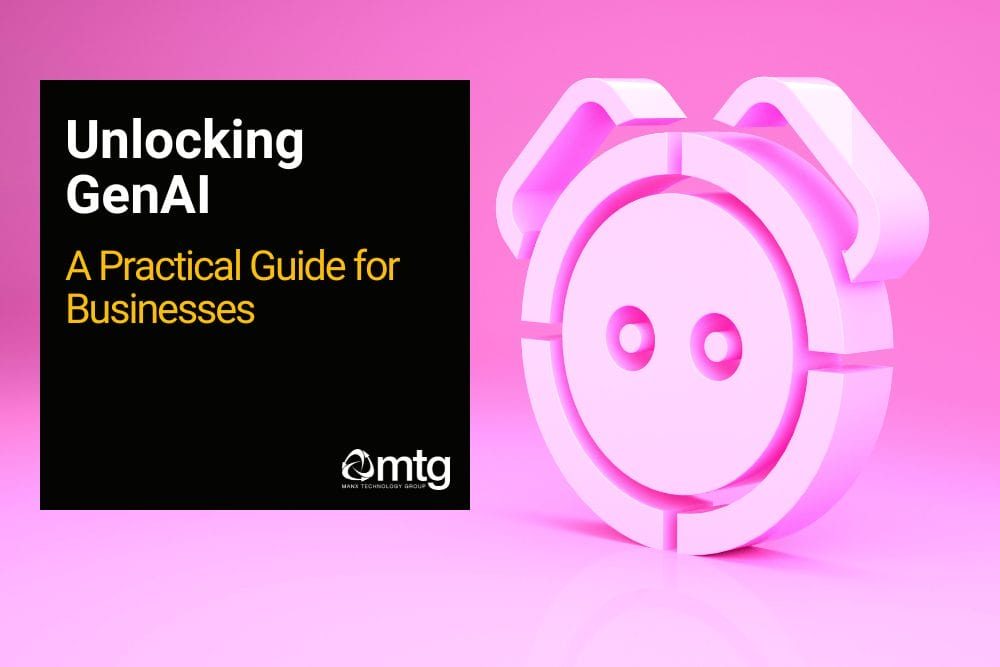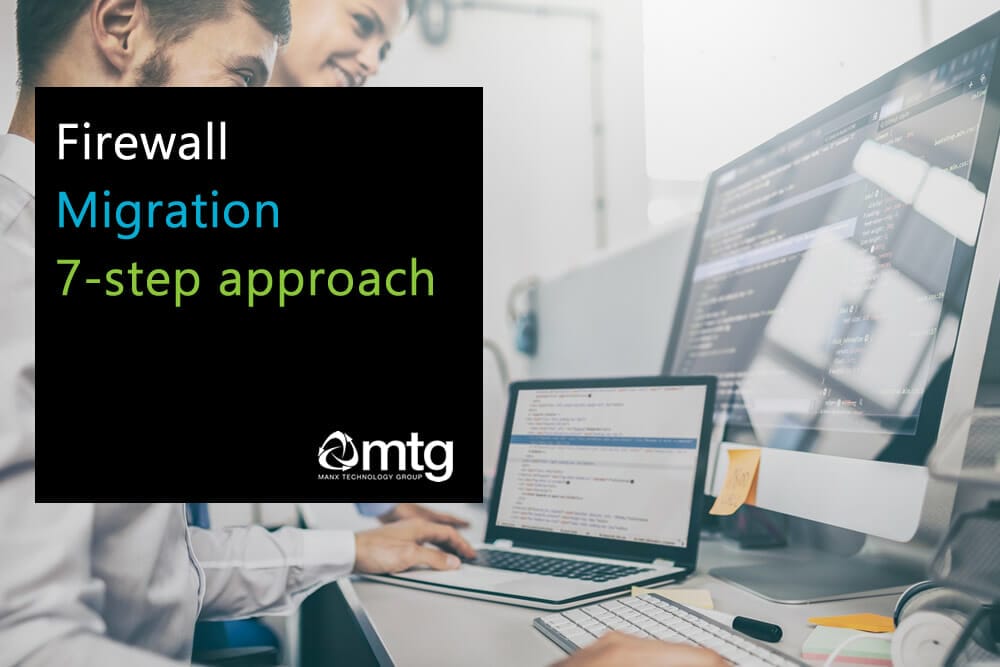Generative AI (GenAI) is all the buzz in 2024, but how can your business effectively leverage it? While the technology is groundbreaking, implementing it requires a structured approach. The goal is not just to experiment with AI but to adopt it in ways that create value and solve real business problems. This guide will help you plan your GenAI journey by offering practical insights and steps for integrating GenAI across your organization.
Key questions
Common Barriers:
Types of Risks:
Project Evaluation Criteria:
Recommendations for Small Businesses:
- Start with AI projects that are easy to implement and offer quick wins.
- Train your staff to understand AI tools and how they can use them (see Activate AI Isle of Man)
- Focus on aligning AI initiatives with key business goals.
- Identify potential risks early and develop strategies to mitigate them.
- Use a structured framework to evaluate and prioritise AI projects.




